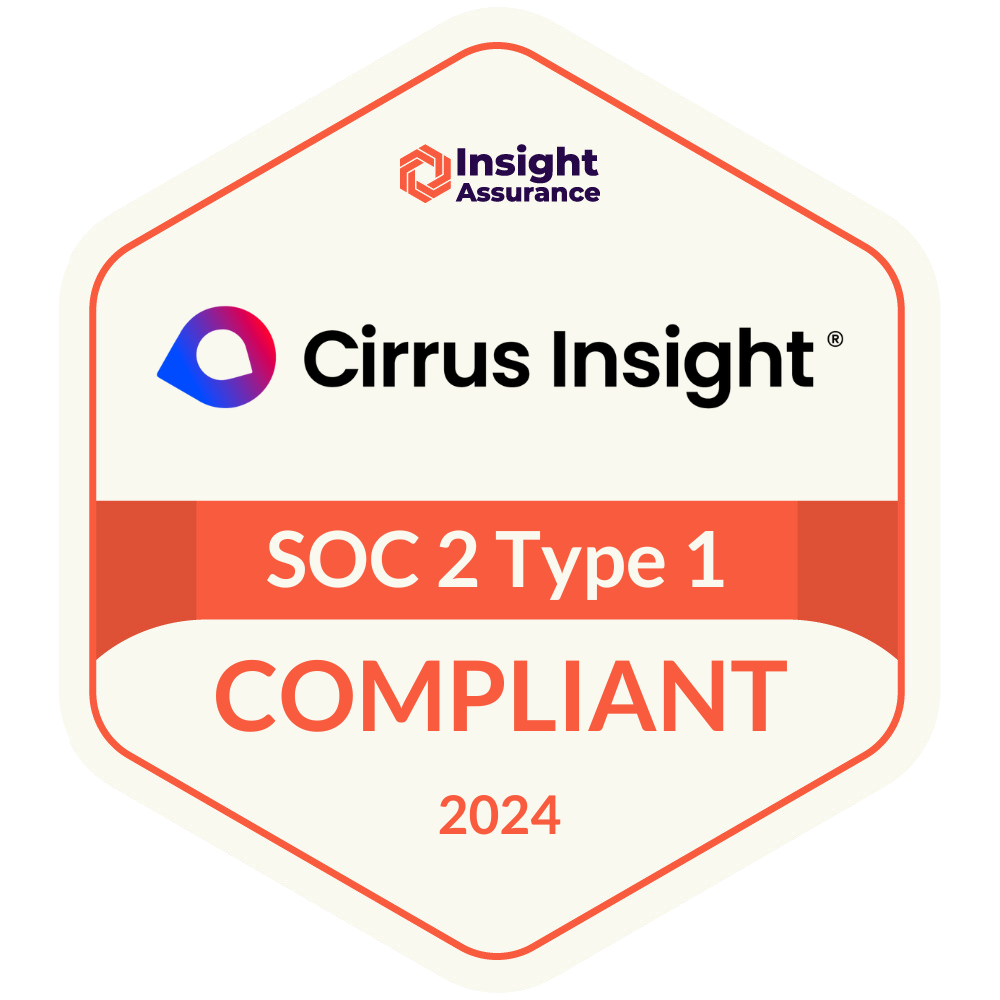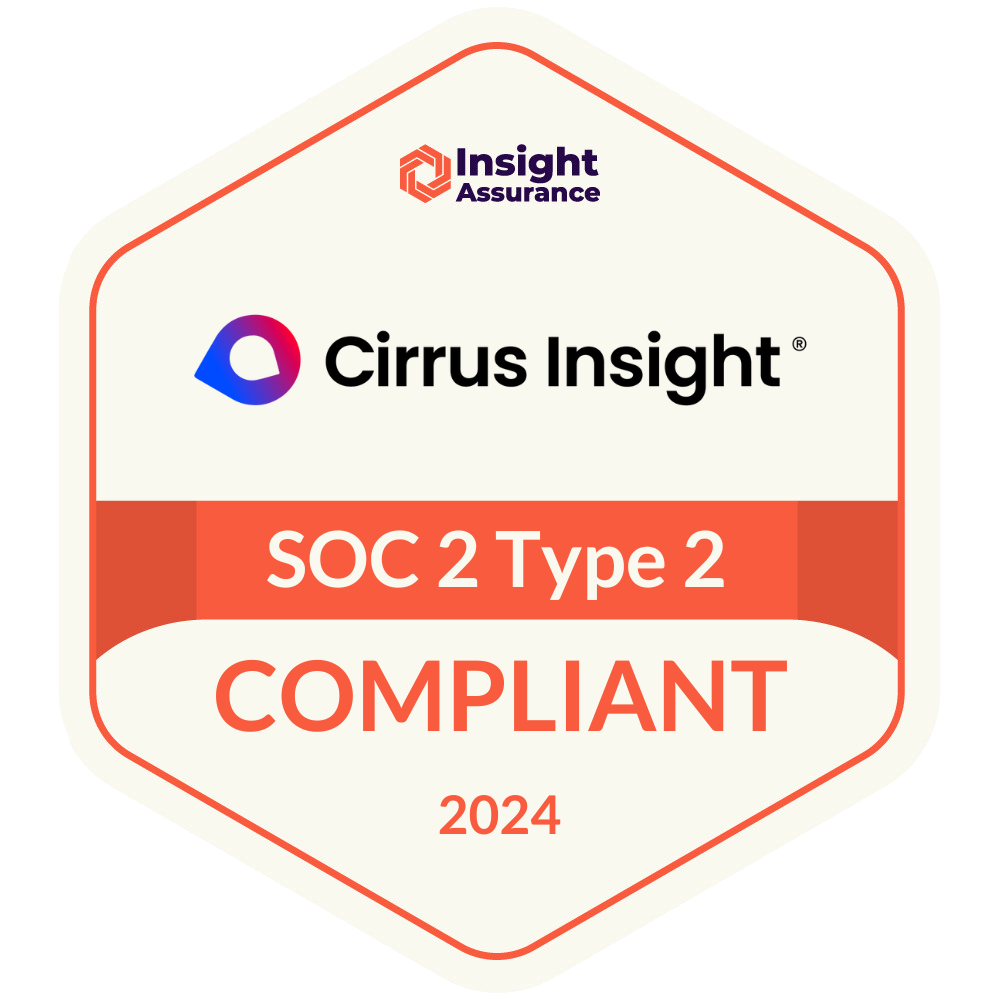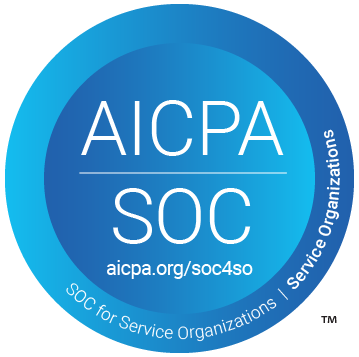- Solutions
-
Products
-
Resources
Sales Automation Tools | Cirrus Insight by Kristi Campbell View all Blog Posts >Get the App, Get the Sidebar, & Get Your Trial Going HereUnleash limitless growth opportunities by partnering with Cirrus Insight.
- Pricing
Filter By:
- All topics
- Sales Productivity
- Sales Intelligence
- Salesforce
- Sales Strategy
- Sales Prospecting
- Book More Meetings
- Best of
- Company News
- Product
- Sales Leadership
- CRM Admininstration
- Sales Metrics
- Supercharge Sales Activity
- Team Scheduling
- Admin
- serious insights
- Prospect Smarter
- Sales Activity Data
- Sales Forecasting
- Scheduling Solutions
- Prospect Faster
- Auto-Sync Everything To Your CRM
- Chrome
- Comparison
- Financial Services
- For Admins
- Getting Started
- IT & Security
- outlook
Subscribe to our Blog for the Latest Insights
Join our blog community to stay informed and receive fresh content and actionable tips directly in your inbox.
Your CRM is Killing You? Four Ways to Fight Back!
A CRM administrator’s job is tough. In fact, 92% of CRM administrators who participated in a recent Cloudingo survey said that they find their jobs moderately to extremely challenging. That’s no small percentage. The only career choice that was more challenging was the guy who ran a Financial Investment booth at the Renaissance Fair.
All kidding aside, why so high? Why do only 8% of surveyed CRM admins feel “good” about their jobs? Well, my take is this: it has something to do with 1) salespeople who hate data entry and 2) management that requires more, more, and more data.
I know, I know – I didn’t say the magic CRM word “adoption” – but the problem with that is that everybody talks about trying to increase CRM “adoption” but no one really knows what “adoption” is. And if we’re honest with ourselves, CRM failure rates have been an average of 54% since the late 1990s.
So here’s the deal – you have management and executives that require more and more data in the CRM. So they ask for more required fields and more data entry points so they can laser focus on their people and use said data to “accurately map the sales ecosystem and develop predictive solutions to accelerate pipeline velocity.” Whatever that means (I think it has something to do with “synergistic paradigms.”)
The reason so many CRM admins are frustrated and so many companies have poor CRM usage rates is deceptively simple. Sales managers want more data, and salespeople hate data entry.
That’s it. Class over.
So you say “thanks for that Sherlock – but how do we fix it?”
There are four – non-vendor specific – things you can do to really alleviate your own frustration and actually get salespeople entering data, GOOD DATA, into the CRM. But first, a caveat:
Stop listening to salespeople. Not yours, not the ones you work with – no you have to listen to them. I’m saying stop listening to the salespeople who tell you that they have “the silver bullet” to solve all your CRM issues. There is no silver bullet. There are good, even great, solutions that can drastically increase the value of your CRM – and I think we have one of them at ZynBit.
But, if you can’t easily download a product or solution and try it out without have to talk to a salesperson, move on. The sales modality has changed – we’re not managing our selling process; we’re managing our customer’s buying process. If the software or solution vendor you’re looking at is more interested in securing a “demo” with you than you “self-test driving" their solution, ask yourself what process are they trying to manager – theirs or yours?
But aside from ignoring salespeople, what can you do to drive sales people to find value in your CRM? Four things your CRM needs:
1. CRM from Your Inbox
Your CRM and the way your reps interact with it, needs to make its home in EMAIL. Outlook, Gmail, Mobile – it doesn’t matter. If you can’t edit opportunities, add activities or increase Close Percentage regarding a particular customer via your email application, you’re never going to capture that information at the time you need it most…when the event takes place that changes the status of the deal. And that “event” – almost always – is an email from the customer.
When a salesperson feels that the act of entering data removes them from their process of communicating with a customer, they start skipping steps and will fall behind on data entry and will almost never catch up. The average B2B salesperson either receives or writes one email every five minutes in an 8 hour workday. With that level of work coming in, is it any wonder they don’t ALT+Tab to the CRM, re-login because the login timed out, search the account, find the Opportunity, and make their edits after every email? If they work in email, keep them there.
2. More About Email
“What did the client say?” is the most asked question in sales 1 on 1s. Right now, sales reps spend their week selling, and if you’re lucky, then on Friday afternoon or on the weekend they sit down and enter information into CRM. That’s just reality. And it’s because CRM interaction requires ALT-TABBING into another app (see #1.) Think back to five days ago – about an email you got between 9 and 9:30 am.
Can you dial back in your memory and now document the important parts of that email in CRM for me? Of course that’s almost impossible. But that’s the info going into your CRM every week. Scary, huh? So for your CRM to work – for it to document the most important interaction point between your sales team and their customers (email) - you have to design a process where the email can either immediately or automatically be uploaded into CRM as soon as it’s opened. Or even SOONER!
3. CRM Synchronization
If you’re going allow your reps to live in email (notice I didn't say "ask your reps" because you don't ask people to go where they already are), then you can’t arbitrarily ask (right usage here) them to ALT+TAB to a website to change the date of a meeting or close out a task that was assigned to them. That’s just poor user experience. Things like Tasks, Events and Contacts need to synchronize with your CRM effortlessly. From the CRM to email, from tablet to phone, from Web Access to where ever. When your reps are confident that when they change the time of a meeting in Outlook, it will synchronize with the CRM and with Mobile (and vice versa) you will see CRM value skyrocket. And about Value.
4. Value to the Process
But it’s more than documentation and data entry. The modern sales process is 10% solution match and 90% client “buying” process. If you have a house full of mice, you’re going to search the internet and look at companies that make mousetraps. Great. Now Lead Gen has placed the lead and the contact in the CRM. Now what? Are you measuring 1990s sales activities like salesperson-lead DEMOs or are you measuring 21st century buying signals like customer Trials and Self-Guided Tours?
Can your salespeople easily track in OUTLOOK or GMAIL what their contacts in the CRM like most about the company website – and what whitepapers or case studies they’re reading? Or do they have to wait for spreadsheets from Marketing to see that? Or a dashboard in the CRM? What type of emails from your reps are being read and forwarded by their contacts in CRM? Does the rep know that sending an email at 1PM has a 75% better chance at being read than one at 3PM? Sure there are decision makers and influencers as contacts in the CRM – but what’s the “buying storyboard” - the visual diagram that maps out how the client buys stuff and things?
Do your sales reps have somewhere to go that shows them the secret sauce for the buying process for each vertical or type of business they sell to – the proper mix of interactions (email, phone calls, demos, social media, website visits) that turn a prospect into a customer? By designing a process that makes it almost effortless for sales reps to enter good data in CRM, you can use CRM to map out a real customer “buying process.” Or you can just create another dashboard that compares executive meetings to Opportunities that are over 65% close ratio – because that’s valuable, right?
Like I said above, there’s no silver bullet. Don’t fall for the “next new thing.” I hear allot about “gamification” and am writing a post on my thoughts on that for later this month.
There’s a lot of solutions and companies out there that help with this kind of stuff. I’d be remiss and have to turn in my Salesperson ID Card if I didn’t say ZynBit does this – but again, these are non-vendor specific things you can do to drive adop….I mean these things you can do to make your CRM experience easy enough and the output valuable enough that salespeople actually use it.
But if you only remember one thing, remember this: salespeople want to sell. If you design something – anything – that helps that happen, they will love you…for about a day and then they complain about it over and over again.
-2.png?width=345&name=Works-wherever-you-are-desktop-mobile%20(1)-2.png)





